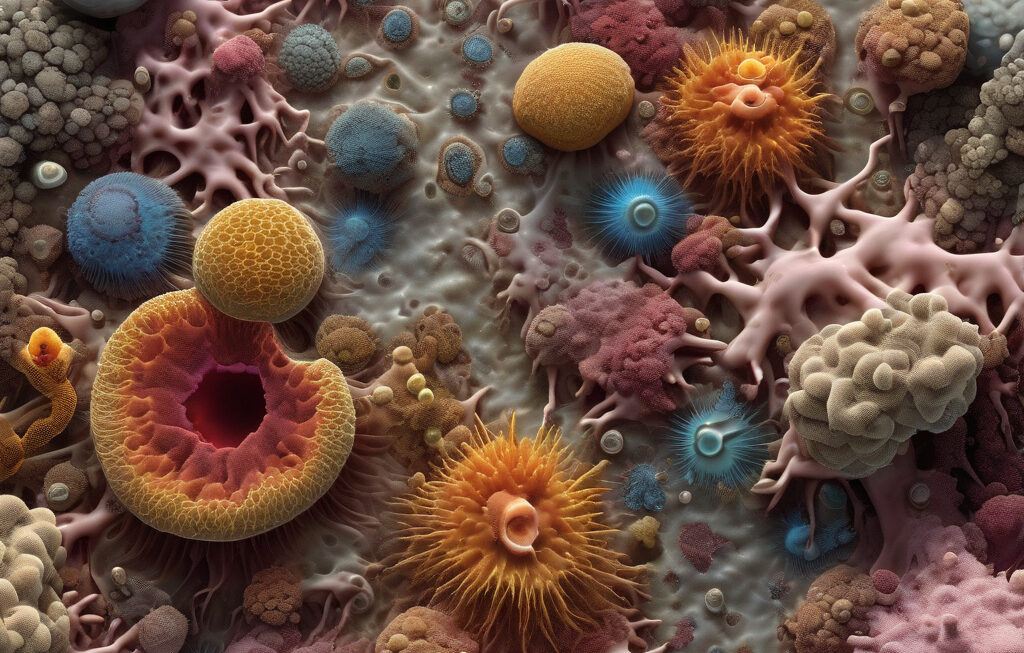Scientists Uncover Secret Gene Regulators Buried in Ancient Viral DNA Sequences
Buried in our DNA lies ancient viral code once dismissed as junk, and now it is being revealed as crucial gene regulators. A groundbreaking study has shed light on how these viral sequences, which make up almost half of the human genome, play a significant role in controlling gene expression and ultimately shaping who we are.
Researchers have long been fascinated by the mysterious “dark matter” of the genome – the non-coding regions that do not contain instructions for making proteins. Among these non-coding regions are the remnants of ancient viruses that infected our ancestors millions of years ago. Initially considered irrelevant, these viral sequences are now gaining recognition for their role in fine-tuning gene activity.
The study, published in a prestigious scientific journal, unveils how these viral elements act as enhancers, the molecular switches that determine when and where genes are turned on. By integrating themselves into the human genome over millions of years of evolution, these viral sequences have become indispensable for regulating gene expression in various tissues and cell types.
What makes this discovery even more fascinating is the versatility of these viral elements. They can influence the expression of genes involved in a wide range of biological processes, from embryonic development to immune response. In essence, our genetic makeup carries a hidden layer of complexity derived from ancient viral infections that have shaped our evolution.
Moreover, the study highlights how alterations in these viral enhancers can lead to disruptions in gene regulation, contributing to the development of complex diseases such as cancer, autoimmune disorders, and neurodegenerative conditions. Understanding the impact of these ancient viral sequences on gene expression could pave the way for innovative therapeutic interventions targeting the root causes of such diseases.
The implications of this research extend beyond human biology. Similar viral sequences have been identified in the genomes of other species, suggesting a common evolutionary strategy employed by viruses to integrate themselves into host genomes and influence gene regulation. By decoding the regulatory role of ancient viral DNA, scientists can gain valuable insights into the genetic mechanisms that underpin biodiversity across the tree of life.
As we unravel the secrets hidden within our DNA, we are confronted with a new perspective on the complexity of the human genome. Far from being a random accumulation of genetic material, our DNA is a sophisticated tapestry woven with threads of ancient viral code that continue to shape our biological identity. Embracing the role of these viral gene regulators opens up exciting possibilities for further research into gene expression dynamics and the development of novel therapeutic approaches.
In conclusion, the discovery of ancient viral gene regulators embedded in our DNA represents a paradigm shift in our understanding of genetic control mechanisms. By recognizing the legacy of viral infections in shaping our genome, we not only gain insights into our evolutionary history but also uncover new opportunities to decipher the molecular basis of health and disease. The intricate interplay between viral sequences and gene expression underscores the remarkable complexity of biological systems and invites us to explore the hidden layers of information encoded in our DNA.
#DNA, #GeneRegulation, #AncientViralCode, #GeneticEvolution, #InnovativeTherapeutics












